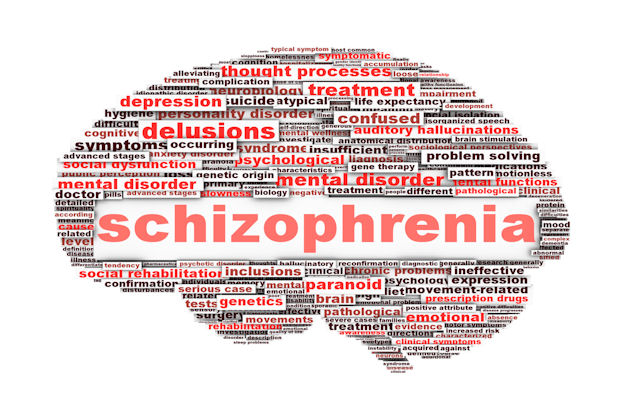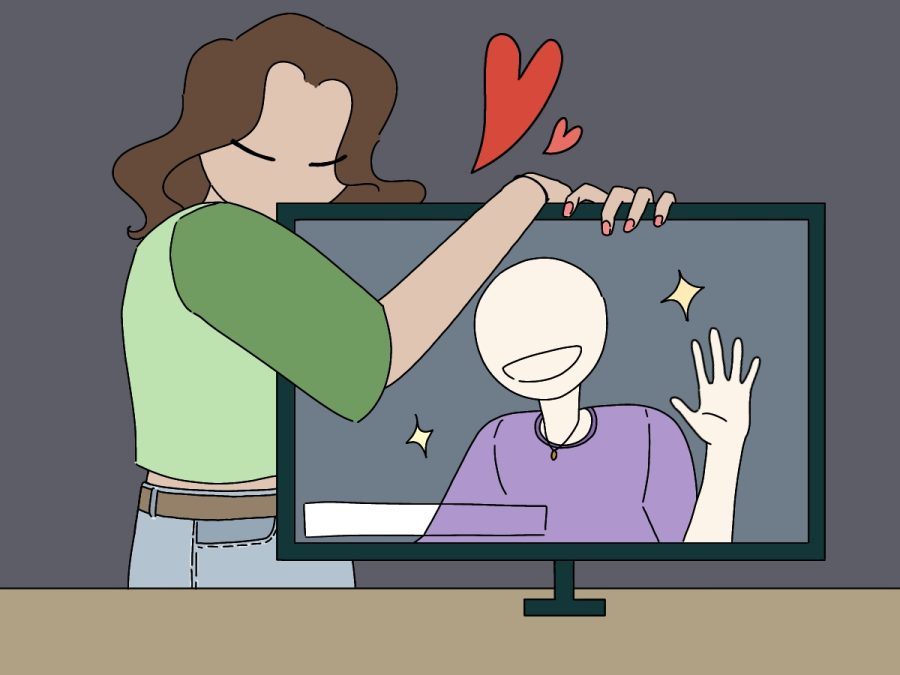Virtual Relationships (Relationships Model Answers) (Paper 3 Model Answers)
Discuss what psychological research has told us about virtual relationships in social media.
(Total 16 marks)
Model Answer
Psychological research on virtual relationships in social media has provided valuable insights into the dynamics and effects of these interactions. The absence of gating theory suggests that virtual relationships remove barriers that typically inhibit interaction in face-to-face settings. Factors such as physical attractiveness, physical anomalies, speech defects, age differences, and social backgrounds are no longer major constraints in virtual environments. Studies by McKenna (2002) and Rosemann and Safir (2006) support this theory, highlighting how the absence of gating in virtual relationships allows individuals to connect and communicate with others who might have been inaccessible or overlooked in offline settings. This theory suggests that social media platforms provide opportunities for individuals to engage with a wider range of people, potentially leading to more diverse and inclusive social connections.
In contrast, the reduced cues theory emphasises the negative effects of deindividuation and disinhibition in virtual relationships. Deindividuation refers to the loss of individual identity and self-awareness that can occur in anonymous online environments. It can lead to decreased self-regulation and increased impulsivity, which may result in negative or harmful behavior. Disinhibition, on the other hand, involves a reduction in social inhibitions and norms due to the perceived anonymity and distance provided by virtual interactions. This can lead to a lack of filter in communication, increased aggression, or the disclosure of sensitive or inappropriate information. The reduced cues theory suggests that the absence of nonverbal cues and contextual information in online interactions can contribute to these negative effects. It is important to note that while virtual relationships may offer new avenues for connection and self-expression, the reduced cues theory highlights the potential risks and challenges associated with the online environment.
In discussing the psychological research on virtual relationships, it is crucial to consider the advantages and disadvantages of these interactions. One strength of the absence of gating theory is its recognition of the potential for virtual relationships to break down physical and social barriers, allowing individuals to form connections they might not have otherwise had the opportunity to establish. This can lead to increased inclusivity, diversity, and the formation of supportive social networks. However, a limitation is that virtual relationships may lack the depth and richness of face-to-face interactions, as nonverbal cues and contextual information are often missing. This can make it challenging to accurately interpret and understand the true intentions and emotions of others, potentially leading to misunderstandings or miscommunications.
Regarding the reduced cues theory, one strength is its acknowledgment of the negative effects of deindividuation and disinhibition in virtual relationships. This highlights the importance of promoting responsible online behavior and digital citizenship. It also underscores the need for individuals to exercise caution and critical thinking when engaging in virtual relationships. However, a limitation is that not all virtual relationships exhibit these negative effects. Many individuals engage in positive and meaningful connections online, demonstrating empathy, support, and genuine communication. It is essential to recognise the individual differences and contextual factors that can influence the nature and outcomes of virtual relationships.
In practical terms, the research on virtual relationships in social media emphasises the need for users and platforms to foster a safe and respectful online environment. Promoting digital literacy and providing guidelines for responsible online behavior can help mitigate the negative consequences associated with the absence of gating and reduced cues. Educating individuals about the potential risks and benefits of virtual relationships can empower them to navigate these interactions effectively. Additionally, integrating mechanisms for reporting and addressing inappropriate or harmful behavior can contribute to maintaining a positive online space for building meaningful connections.
Maria has lots of friends on Facebook and spends most of her time in her bedroom chatting on internet sites.
Explain how Maria’s self-disclosure during her use of social media might differ from her self-disclosure in face-to-face encounters.( 4 marks)
Model Answer
Maria's self-disclosure during her use of social media might differ from her self-disclosure in face-to-face encounters in several ways. In online interactions, Maria may feel more comfortable and less inhibited, leading her to disclose personal information more freely. The sense of anonymity and detachment provided by the online environment allows her to share intimate thoughts, experiences, and emotions without the immediate consequences or social pressures of face-to-face interactions.
Additionally, the asynchronous nature of online communication allows Maria to carefully craft and edit her messages, presenting a more controlled and curated version of herself. However, the absence of nonverbal cues and immediate feedback may limit the depth and nuance of her communication, and the wide reach of social media exposes her self-disclosure to a larger audience, which may impact her level of openness and self-disclosure.
Discuss self-disclosure and the absence of gating in virtual relationships.( 16 marks)
Model Answer
Self-disclosure refers to the process of revealing personal information, thoughts, and feelings to others. In the context of virtual relationships, self-disclosure plays a crucial role in establishing and maintaining connections. One theory that explains self-disclosure in virtual relationships is the absence of gating theory. According to this theory, the absence of physical barriers and visual cues that exist in face-to-face interactions removes factors such as physical appearance, disabilities, age, or social background that may act as initial barriers to communication. This absence of gating allows individuals to engage in self-disclosure more readily, as they are not judged or evaluated based on superficial characteristics. Research supports the absence of gating theory by demonstrating that online environments foster greater self-disclosure due to reduced inhibitions and increased opportunities for self-expression.
In the context of virtual relationships, the reduced cues theory also plays a significant role in shaping self-disclosure patterns. This theory suggests that the lack of nonverbal cues, such as facial expressions, body language, and tone of voice, in online communication limits the depth and accuracy of self-disclosure. When individuals engage in virtual interactions, they rely heavily on text-based communication, which may lead to misunderstandings or misinterpretations. As a result, individuals may feel the need to disclose more information to compensate for the lack of nonverbal cues and to ensure their messages are accurately understood. However, the reduced cues theory also highlights the potential negative effects of deindividuation and disinhibition in virtual relationships. The anonymity and detachment provided by the online environment may lead individuals to engage in self-disclosure that they would not typically share in face-to-face encounters, resulting in impulsive or uninhibited disclosures.
In discussing the impact of self-disclosure and the absence of gating in virtual relationships, several considerations arise. Firstly, it is important to recognise that the level of self-disclosure may vary among individuals based on their personal characteristics, comfort levels, and online communication skills. Different people may perceive the risks and benefits of self-disclosure differently, leading to variations in the extent and depth of their disclosures.
Secondly, the absence of gating and reduced cues in virtual relationships can create a sense of freedom and openness, allowing individuals to disclose more freely and form connections based on shared interests and ideas rather than superficial factors. However, this freedom also raises concerns about the authenticity and trustworthiness of online interactions, as individuals may present idealised versions of themselves or engage in deception.
Finally, ethical considerations arise in the context of self-disclosure in virtual relationships, as the potential for manipulation, exploitation, or harm exists. It is crucial for individuals to exercise caution and critical judgment while navigating virtual relationships to protect their well-being and privacy.










